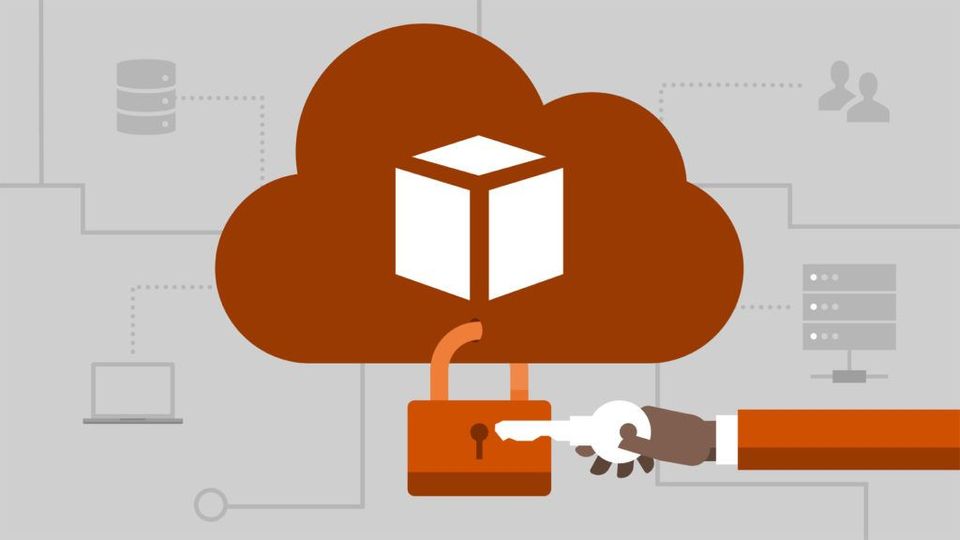10 Things To Know Before A SOC 2 Audit
Gain Customer Trust and Confidence with a SOC 2 Audit for Your Business

SOC 2 audits are important for organizations that handle customer data and need to ensure that the data is secure and confidential. Such organizations must adhere to specific standards and guidelines set out by the American Institute of Certified Public Accountants (AICPA) in order to protect the data of their customers. In order to successfully complete a SOC 2 audit, it is important to understand the process and to prepare well before the audit begins.
Here are 10 things to know before a SOC 2 audit:
1. Understand the Difference Between the Types of SOC 2 Audits
There are three types of SOC 2 audits: the Type I audit, the Type II audit, and the Type III audit. The Type I audit is a review of an organization’s system and procedures to make sure that the controls are in place and that they are being followed. The Type II audit is a review of the same system and procedures, but includes a testing period to make sure that they are actually working as intended. Lastly, the Type III audit is a review of the effectiveness of the security controls over a period of time.
2. Know What Controls are Examined
The SOC 2 audit examines the five trust services categories: security, availability, processing integrity, confidentiality, and privacy. Each of these categories requires a set of controls that must be in place and tested to ensure the security and confidentiality of customer data. It is important to understand the specific controls that must be in place and tested in order for the audit to be successful.
3. Understand the Audit Process
The audit process typically begins with the auditor conducting an initial assessment of the organization’s system and procedures. This assessment helps the auditor determine what controls need to be in place and tested. Once the assessment is complete, the auditor will conduct tests to ensure that the controls are in place and working as intended. The auditor will also review the organization’s policies and procedures to ensure that they are in compliance with SOC 2 standards. After the tests have been completed and the policies have been reviewed, the auditor will issue a report detailing their findings and recommendations.
4. Know What Documentation is Required
In order to successfully complete a SOC 2 audit, the organization must provide the auditor with the necessary documentation. This includes policies and procedures, system diagrams, and test results. It is important to ensure that the documentation is up to date and comprehensive in order to ensure the accuracy of the audit.
5. Prepare for the Audit
Preparing for the audit is an important part of the process. Organizations should review their policies and procedures and test their systems to make sure that all of the necessary controls are in place. It is also important to have a plan in place for responding to any issues that may be identified during the audit.
6. Be Transparent
Organizations should be open and transparent with the auditor during the audit process. It is important to provide the auditor with all of the necessary documentation and to be open to any questions or feedback that the auditor may have.
7. Follow Up
Once the audit is complete, it is important to follow up with the auditor to make sure that any issues identified during the audit have been addressed. This is important to ensure that the organization is in compliance with SOC 2 standards.
8. Make Necessary Changes
If any issues are identified during the audit, it is important to make the necessary changes in order to ensure that the organization is in compliance with SOC 2 standards. This may involve updating policies and procedures, testing systems, or making changes to the organization’s infrastructure.
9. Monitor Changes
Once any changes have been made, it is important to monitor the changes to make sure that they are effective. This is important to ensure that the organization is in compliance with SOC 2 standards and to make sure that the customer data is secure and confidential.
10. Be Proactive
It is important to be proactive in preparing for a SOC 2 audit. Organizations should review their policies and procedures, test their systems, and make any necessary changes before the audit begins. This will help to ensure that the audit is successful and that the organization is in compliance with SOC 2 standards.
SOC 2 audits are an important part of ensuring the security and confidentiality of customer data. It is important to understand the process and to prepare beforehand in order to ensure the success of the audit. By understanding the difference between the types of SOC 2 audits, knowing what controls are examined, and preparing for the audit, organizations can ensure that they are in compliance with SOC 2 standards.



